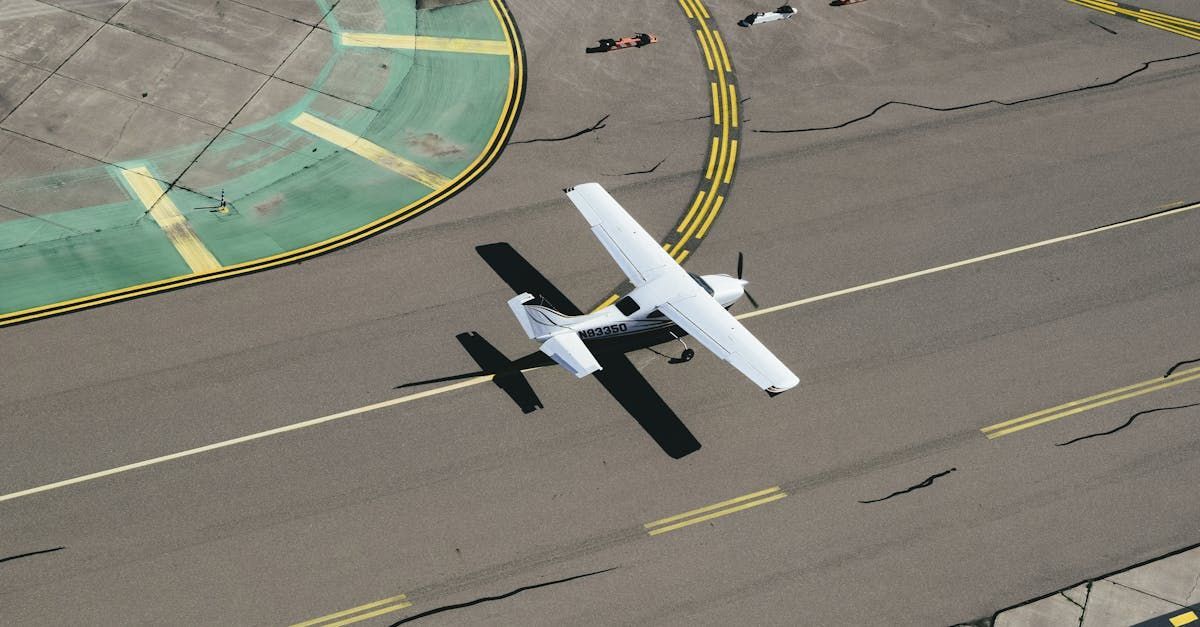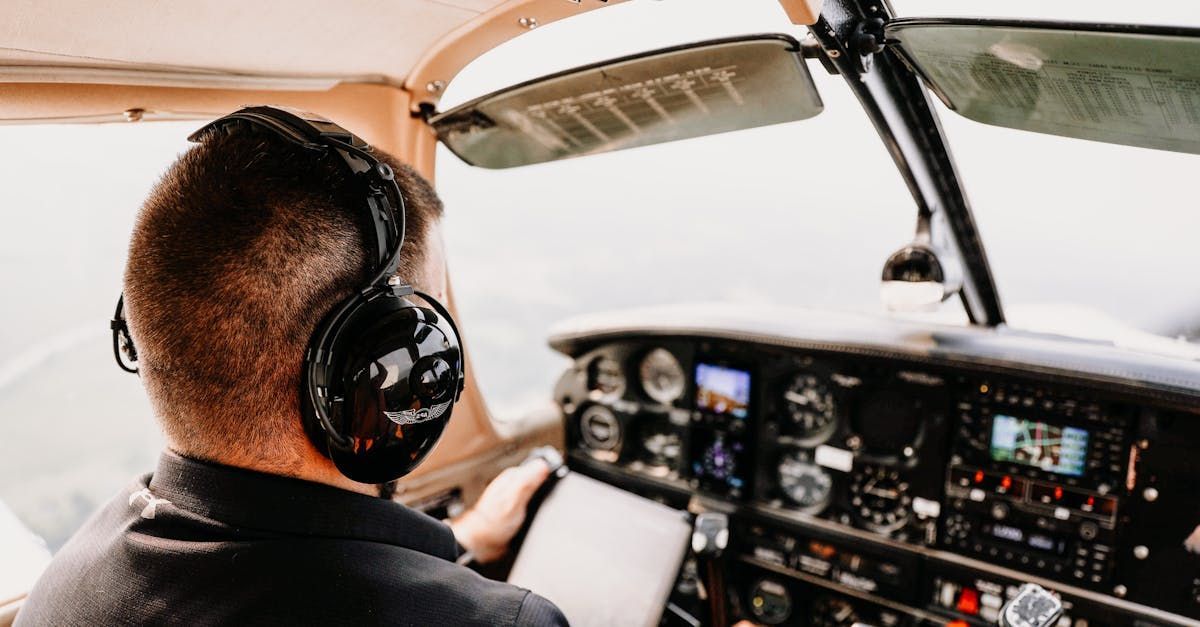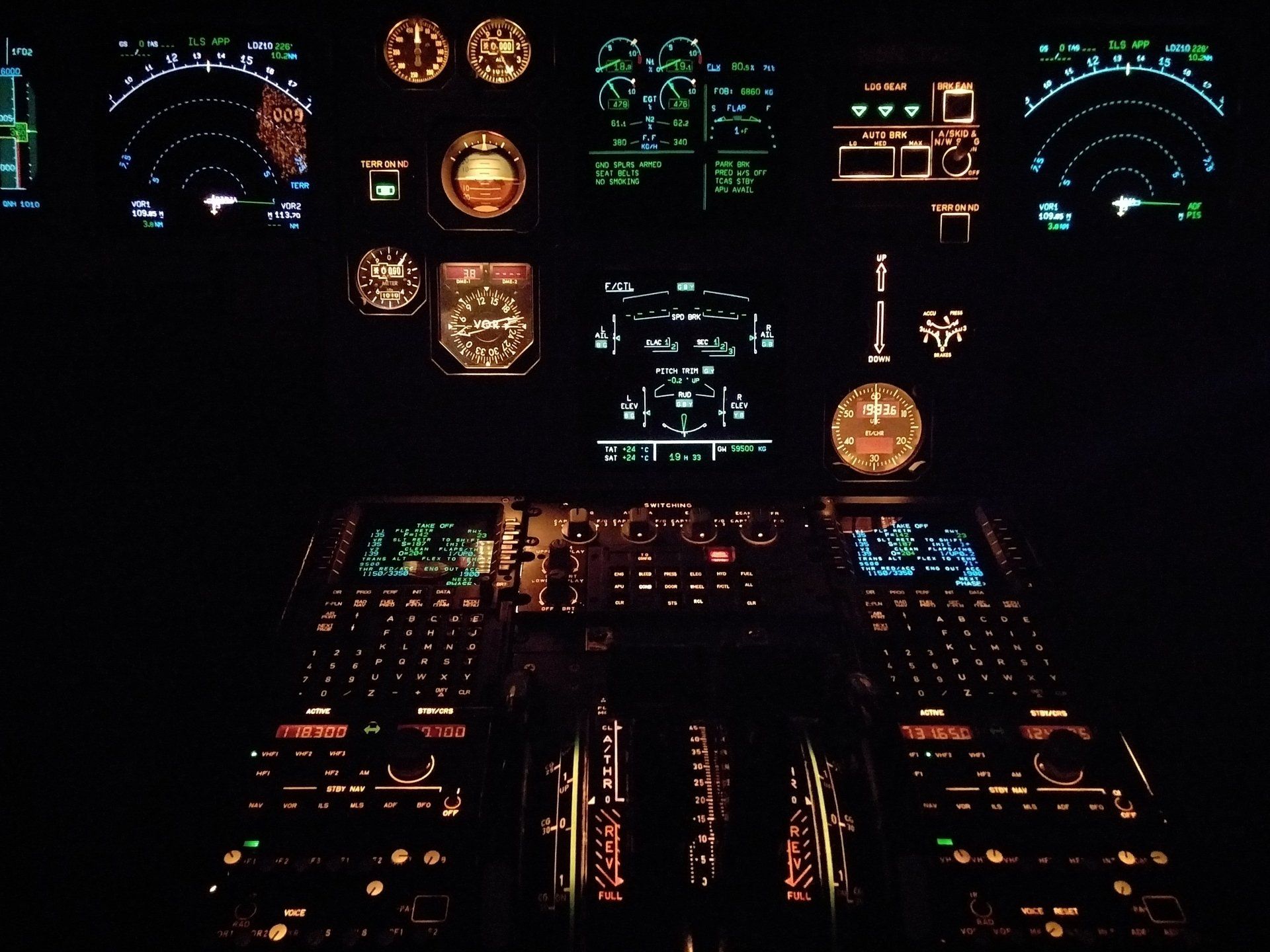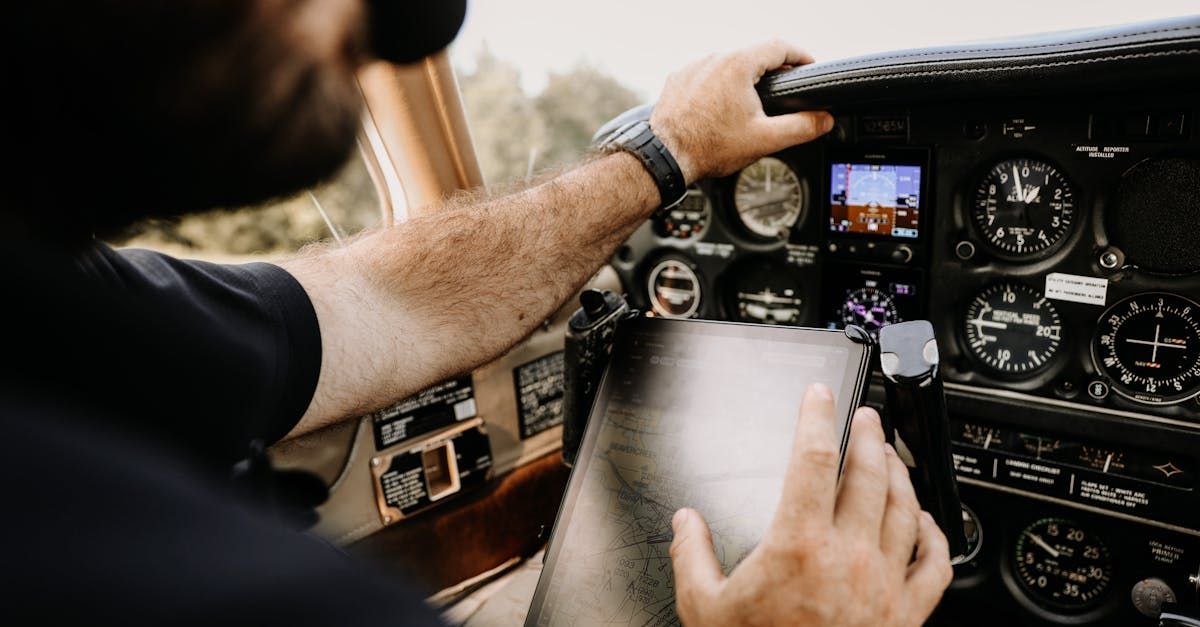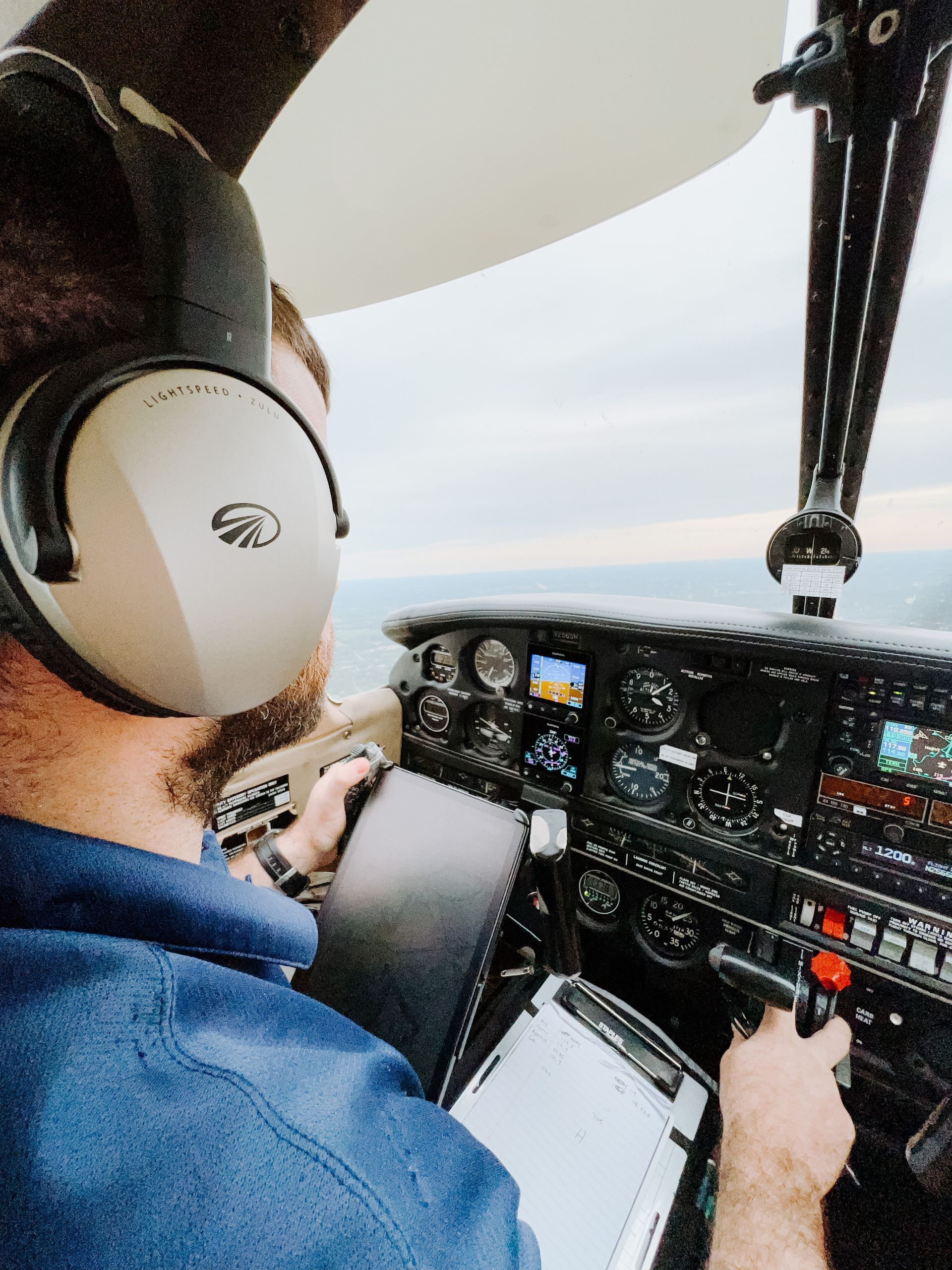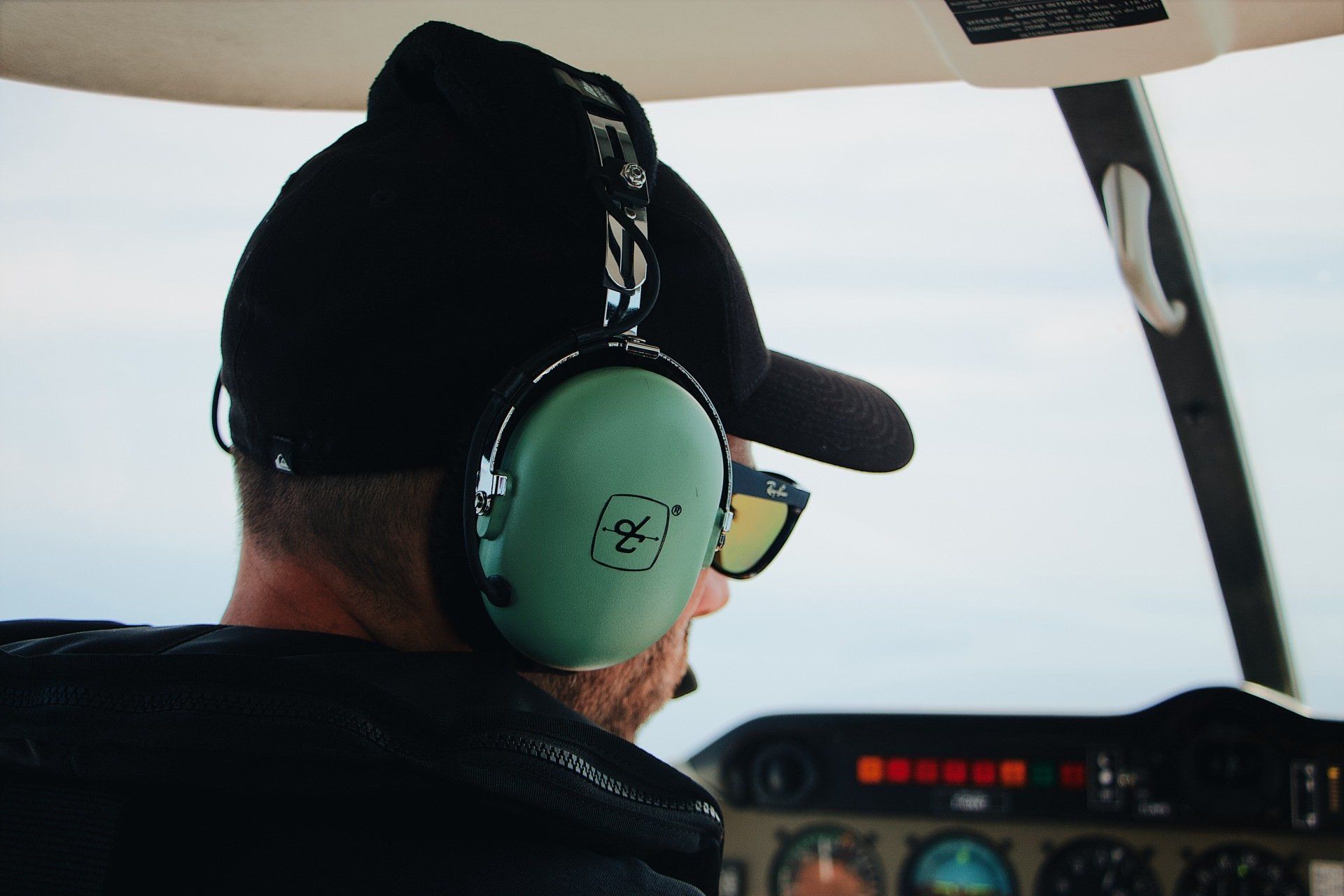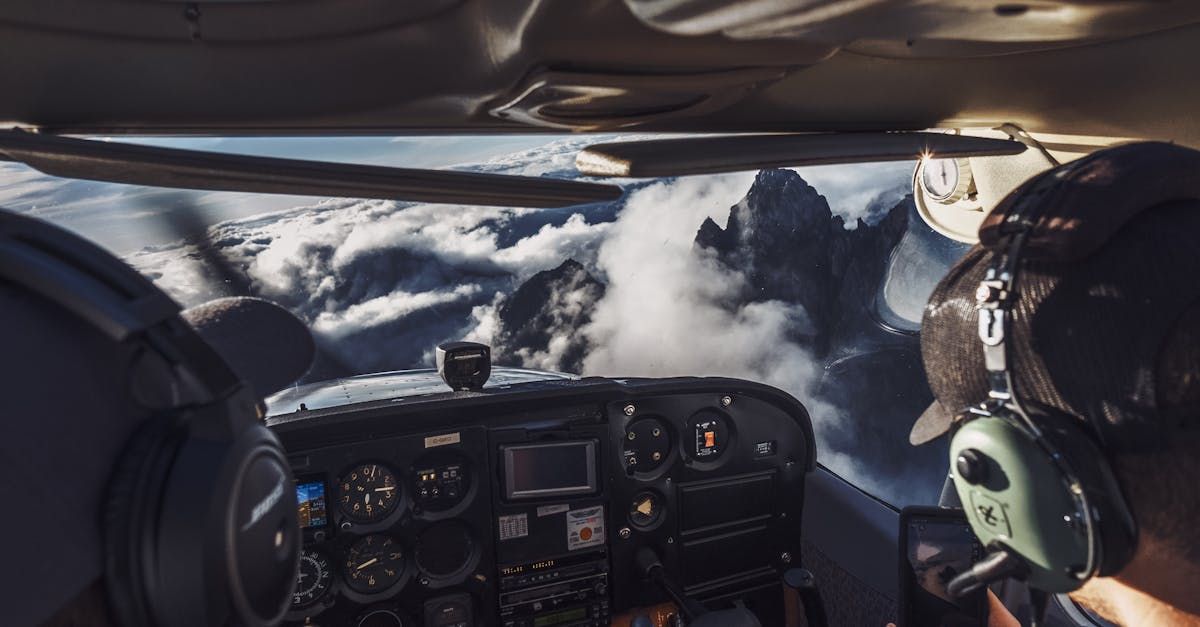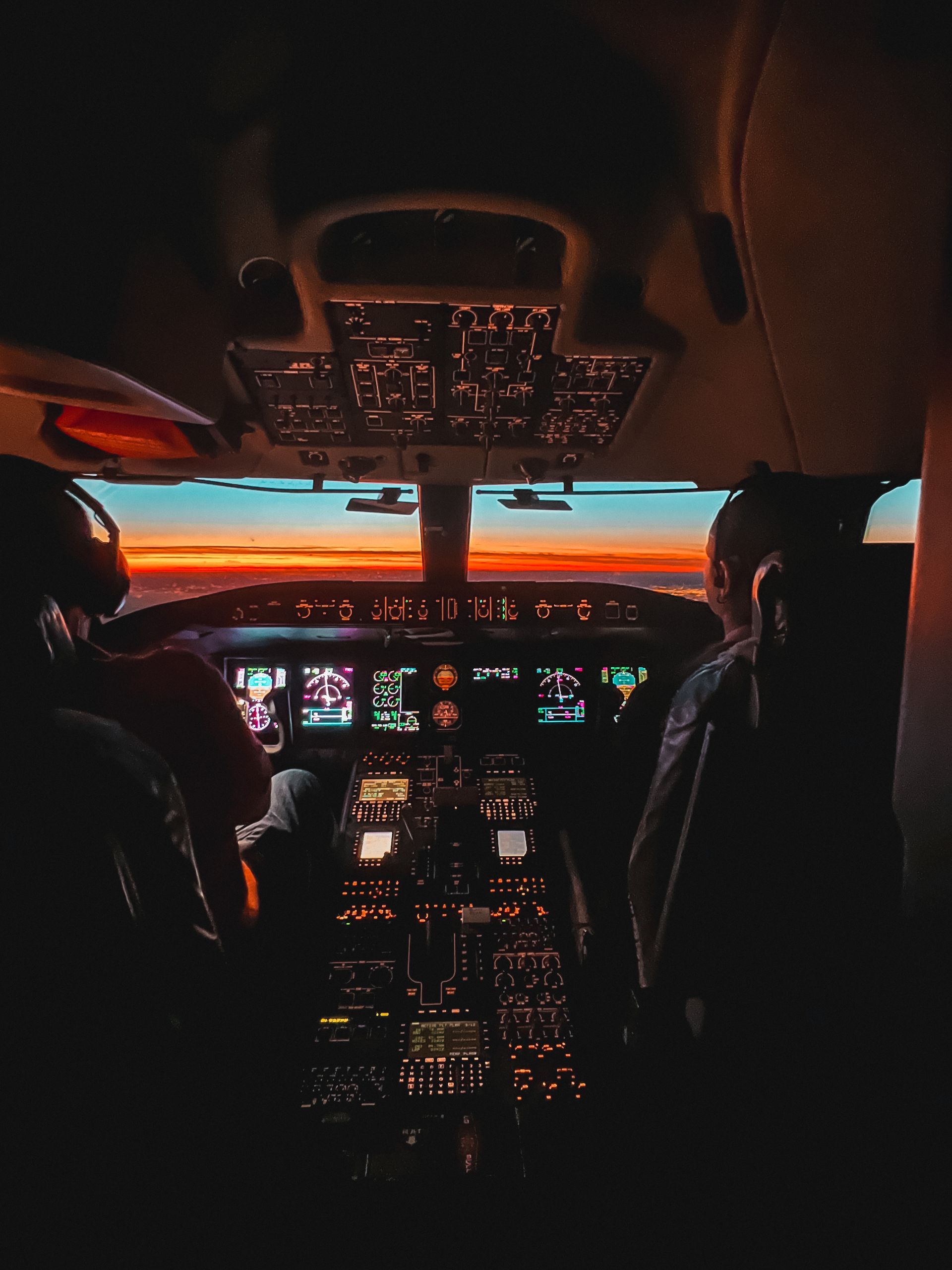Reflections of Rob
Memories of my friend Rob
When I joined DDAC in 1988, I soon found someone who enjoyed flying and especially competition flying, as I did. He was 22 years my junior, quiet, competent, and his name was also Rob.
We were both members of the Sport Aircraft Association and keen on building an aircraft. I had bought plans for a Corby Starlet single seat wooden aircraft, but I found I had neither the time nor the money to build, so I gave the plans to Rob.
However, he had his mind set on a two seat metal aircraft, and settled on the proven Whitman Tailwind. From time to time, I called at his home to see the progress he was making, and it was clear he was careful and competent while also diligently working his trade as a mechanic with the David Evans Group.
While a member of the Moree Aero Club, I was several times part of the team competing in theALAC (Australian Light Aircraft Competition) and DDAC, being a member of the RFACA, became interested in entering a team in the competition. On five occasions, Rob and I were the two man team representing DDAC in the individual events required for the club to compete for the FederationTrophy.
In 2002 when the ALAC were held in Rockhampton, Rob and I flew DDAC into second place for the trophy, against the twenty or so other clubs competing.
Rob flew cross country more than I and I had let my cross country endorsement lapse, so on our trips to the ALAC, Rob was captain of the aircraft which he was happy to be, and we shared the costs.
On the occasion that the ALAC were held in Taree, instead of flying down the coast, Rob elected to go via Armidale as he wanted to experience landing and taking off from an elevated airfield. Rob and I were equally competent in the three events and together we enjoyed the ALAC immensely.
On his last trip with destination Boonah, where his brother Owen was based with his gyrocopter, he delayed his departure from Casino, hoping for an improvement in the weather but decided to go and tragically, both were killed when his Tailwind crashed in the Ranges, short of Boonah, despite his usual great care.
For me, the loss of a good friend, but a devastating loss for the two families and for the aviation community.
Vale Rob, dear friend.
Rob Brabrook
DDAC Member
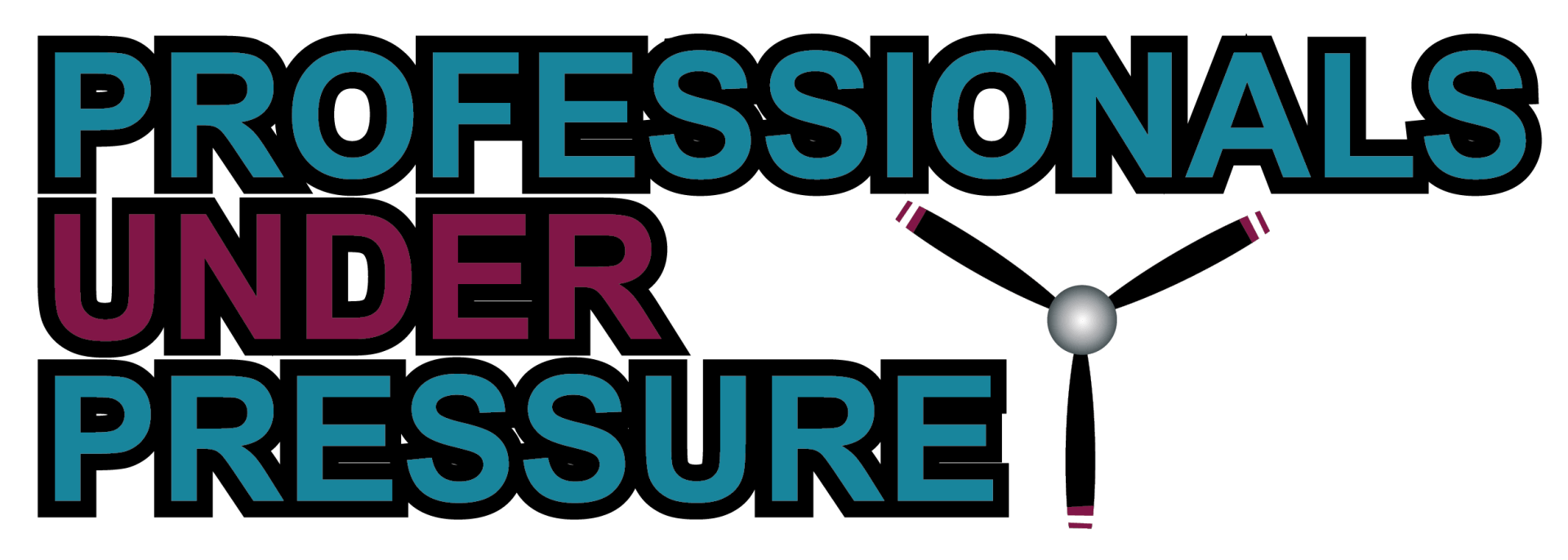
Date: 26th February 2022
Place: Toowoomba City Golf Club
Cost: $35/person
Join us to honour Robert Dull (tragically lost in an aircraft accident in early 2020) with a day of human factors sessions aimed at helping each of us better understand the effects of pressure and stress. Read all about it here.
This event is proudly sponsored by Darling Downs Aero Club. Rob Dull was a longstanding Aero Club member, Director and valued friend to many in the local aviation community.


